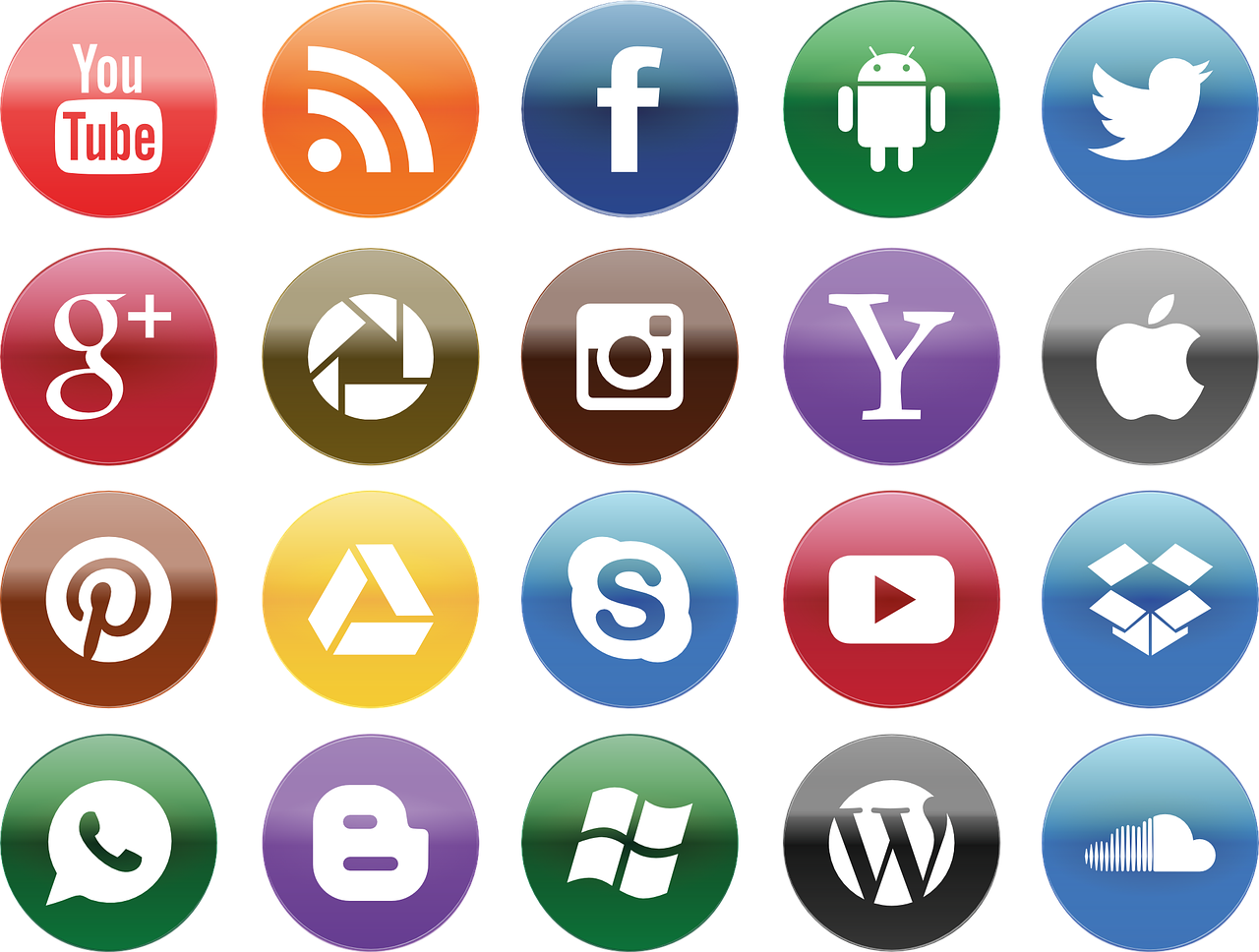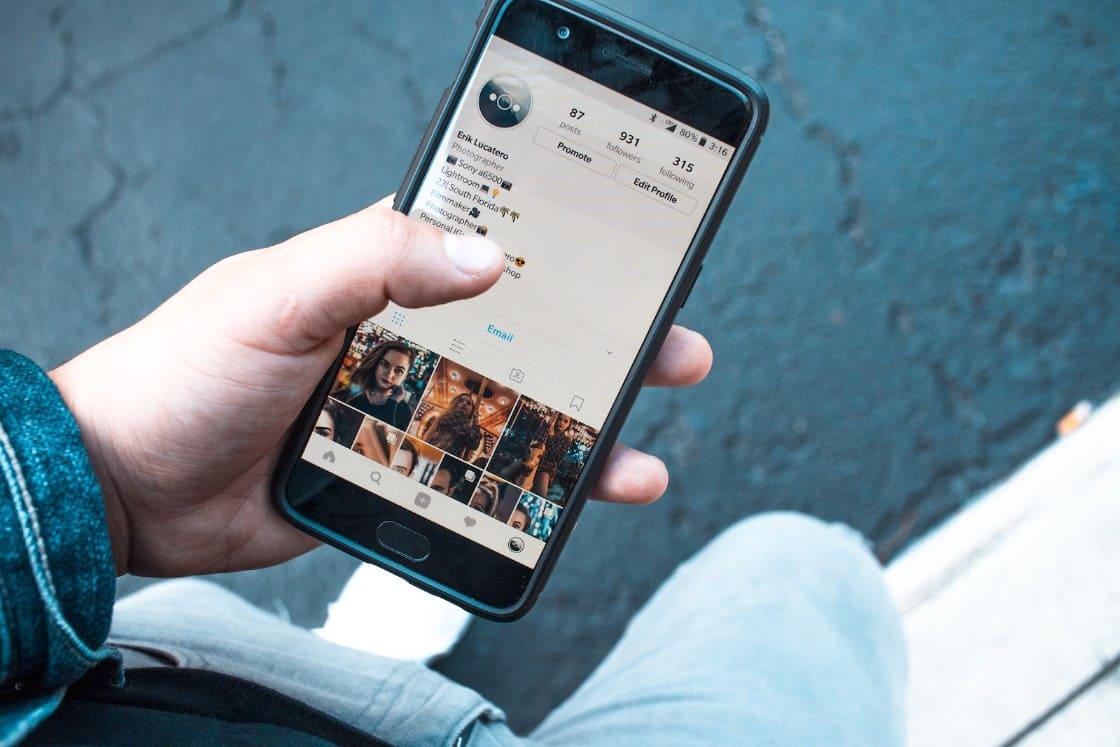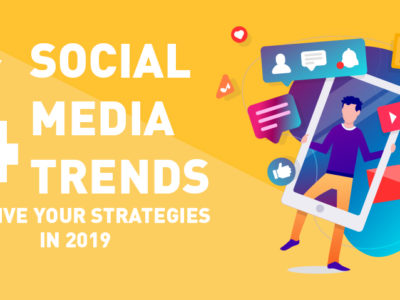There is no denying it – internet and social media have completely infiltrated our lives and they look like they are here to stay. What didn’t exist only a few years ago is now something we can’t imagine our lives without.
Research conducted a while back discovered that an average American checks their phone around 80 times a day and some even go as far as checking it more than 300 times a day. That sums up to anywhere between five times per hour to 20 times per hour. That’s a pretty big part of someone’s life!
These stats give us an even better perspective when you realize that the average time people could handle without checking their phone was four hours. That’s it, four hours without looking at the phone. But that’s not all too surprising, is it? Admit it, you can’t stay away from your phone for more than a few minutes, let alone four hours, and that’s true for the most of us. But how did we get here?
The Neanderthal of Social Media
Everything on this planet evolves and turns into something new and contemporary. We can find the remains of our distant, primal relatives buried in the ground, just as you can find the remains of the distant, primitive relatives of social media buried somewhere in the vastness of the internet.
It all starts with a need which has to be fulfilled, and in this case, it was a need to connect with other people, to chat with them like they are right in front of you, to be able to exchange thoughts in real time.
There are many disagreements on the very first social media depending on the parameters used to define the concept of the social media, but most people agree that the first (in the form that we know and recognize as social media today) was Six Degrees. It had everything that we consider to be the defining parts of social media – you could create a profile, list friends and family and even send and receive messages. Sounds familiar?
Even though Six Degrees didn’t really catch on, it had many features that did catch on with the social media today. Also, Six Degrees had millions of registered profiles, but in a way, it was ahead of its time, as the internet was still in the process of making it big. There were simply not enough people online.
Social Media Eruption

Maybe there weren’t enough people online at the time of Six Degrees, but all of that changed rather dramatically in the next decade. In December 1995. there were merely 16 million people on the internet, but exactly ten years later, in December 2005. there was an increase of more than one billion users. To be precise, there were 1,018 million internet users which were around 16% of the world population, whereas only 0.4% was using the internet in 1995.
What this means for social media is a potential of worldwide users, and the people behind social media knew how to use this. It’s no coincidence that some of the most successful social media were founded somewhere in the span of few years since the boom in the use of the internet – MySpace in 2003, Facebook in 2004. and Twitter in 2006. Timing seems to be the key here as well as the knowledge that social media offers a huge opportunity for businesses.
The Game of Copycats
When you stop and think about the social media that you use today, you can see that they are all similar in one way or the other. There are features that are copied and then there are those that are simply taken, given a different name and then incorporated into the other social media.
Sometimes it doesn’t even matter if some feature doesn’t fit into the overall nature of the social media; if the feature is popular with the users, the owner of the social media will find a way to fit it in. For example, there is barely a social media platform out there without a chat function. Facebook has a chat, Instagram has a chat and even Twitter has its own weird interpretation of a chat.
However, when you look at Flickr, you’ll find a little thing called Flickr Mail, which acts more like an email than like a real-time chat, and is not even supported in the mobile version of the app. It’s up to users to decide whether or not this was a smart move, but at least someone had the guts to stay true to their original idea.
Another example of blatant theft is what Facebook and friends did to Snapchat’s story concept. Snapchat was doing something new and they were really good at it. The concept of a photo being uploaded online, where it would stay only for 24 hours, before disappearing for good was never seen before, but now you can see it on every corner. First Instagram did it in 2016, and soon after that, in 2017. Facebook followed. In a way, it looks like innovation is always followed by imitation.
To what purpose?
When you think about these acts of internet vandalism, you may look at the positive side and say to yourself – “Well, at least my favorite social network is upgraded for the better”. But is that always true?
Of course, it’s not. The prime example to me is the use of stories, which are nowadays even popping up on Facebook’s Messenger app. I mean, really Facebook? Even if you reason that Instagram is a photo sharing app and the use of stories might be justified in this case, how can you reason that an app used solely for messaging has stories? Oh, sorry, it’s not a story, it’s called My Day, which makes it perfectly legit.
The purpose here is to be the best and the most popular, but this can easily backfire. Like nobody learned anything from the fiasco that was the New Coke back in the late 80s, social media try to get ahead by any means necessary. There is even one example of trying to be innovative, just like the guys from the New Coke, but instead failing miserably, and that’s the one with Instagram’s logo. There wasn’t much that you could do to make Instagram’s (at the time iconic) logo much better than it was. Nevertheless, they decided to try their luck and failed miserably, coming up with a design that will never be truly appreciated and accepted.
This kind of venture can be risky and affect your brand in both positive and negative ways. That’s why you should always consult trusted logo and branding agencies before doing anything that you might regret in the future.
It’s not all that bad
Even though there are virtually no limits to what businesses will do in order to stay competitive, there are some positive examples in the social media evolution. The fact that innovation is copied only shows its importance and influence.
All in all, it comes down to what kind of social media we are dealing with here. We have our social media that tried to stay true to their cause but failed to remain relevant in the process, and then we have social media that will do everything to remain on the top. It’s up to you to choose your side.





